The city of Nara and its deers, a must see destination
We continue our journey in Japan and today we move to Nara. Capital of the homonymous prefecture, the city of Nara is located in the Kansai region. Located north of the prefecture, its borders are adjacent to those of the Kyoto prefecture.
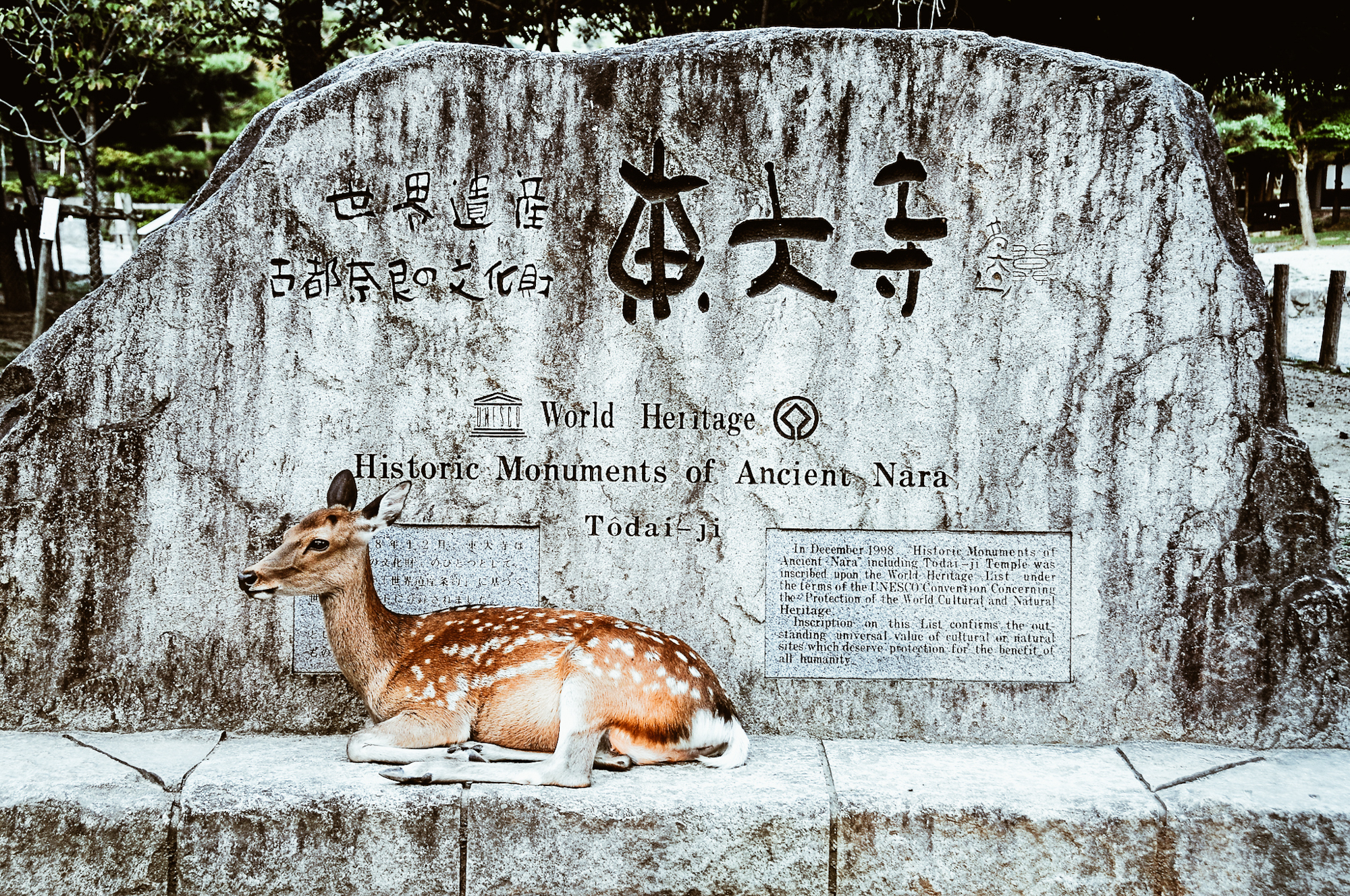

photo credits: lensonjapan, Blondinrikard Fröberg
With eight temples, ruins of past periods and the famous deers, Nara remains not only one of the most beautiful cities in Japan but also one of the most popular destinations for tourists. During the Nara period, the city was the capital of Japan and the emperor lived here before moving the headquarters to Kyoto.
The Heian period
During this period, a large source of theories was proposed for the origin of the name Nara.
Nara and The Nihon Shoki theory
The Chronicles of Japan, the second oldest book on classical Japanese history, says that the word Nara comes from narasu (to be flat, to level). According to this theory, in September of the tenth year of Emperor Sujin, some rebels climbed the Nara-yama. Here with the imperial forces, they joined together to lay down trees and plants and that is why the mountain is called Nara-yama. Being the most ancient testimony, it also has references in the folk culture. In fact, it is considerered the historical etymology by many scholars.

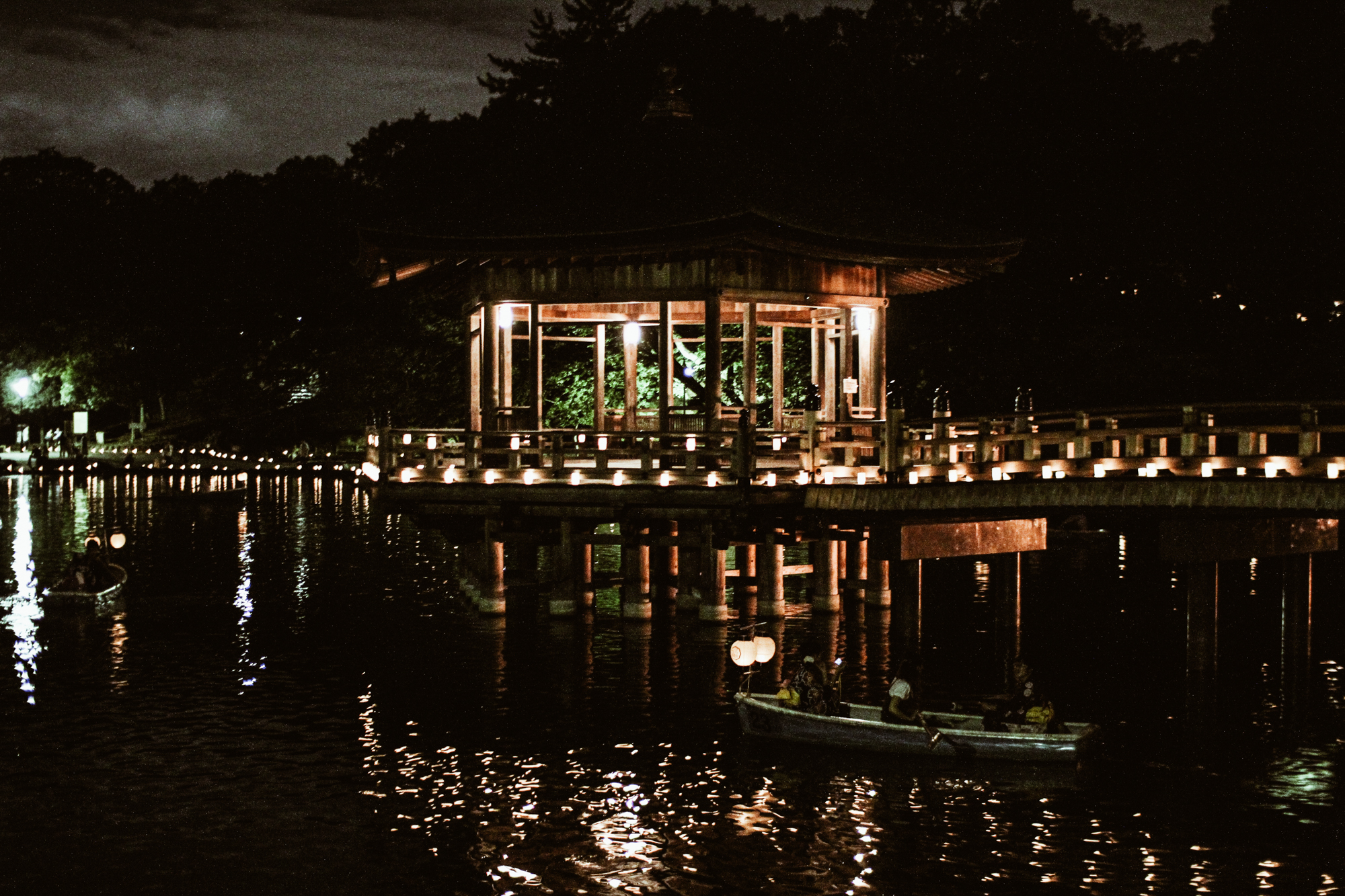
Nara and the “flat land” theory
Designed by Kunio Yanagita in 1936, this is the most accepted theory at the moment. In fact, this proposal attests that “the topographical conformity of a relatively flat area between a mountain called Taira in eastern Japan and hae in southern Kyushu, is called naru in the Chūgoku and Shikoku region of central Japan. This word gives origin to the verb narasu and to the adverb and adjective narushi”.
Moreover, this theory is also supported by some words inserted in reference to a flat area with the name of naru and naro in many dialects . To further support this proposal, we also find the adjective narui, which is not strictly in Japanese standards, but we find it in use in the central areas of the country. The meaning of this word corresponds in fact to “kind”, “gentle slopes” or “easy”.
To further support this theory, Yanagita brings the fact that many of these names were written with the kanji 平 (“flat”). Obviously the fact that historically Nara was written with ideograms 平 or 平城 goes in support this theory.
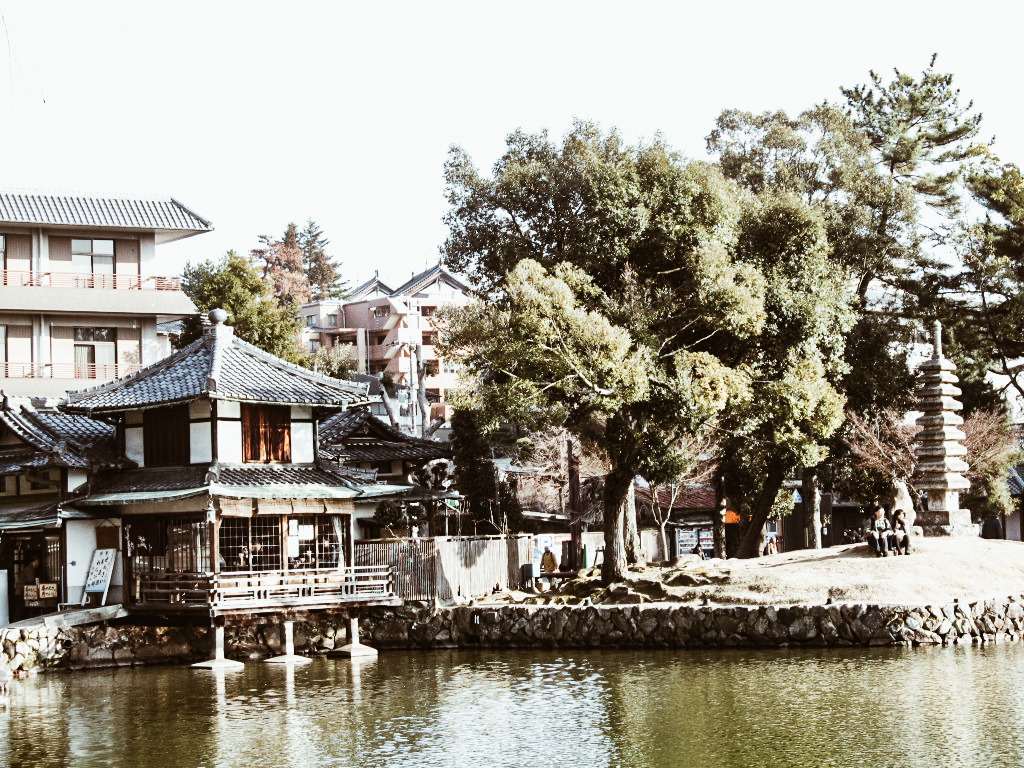
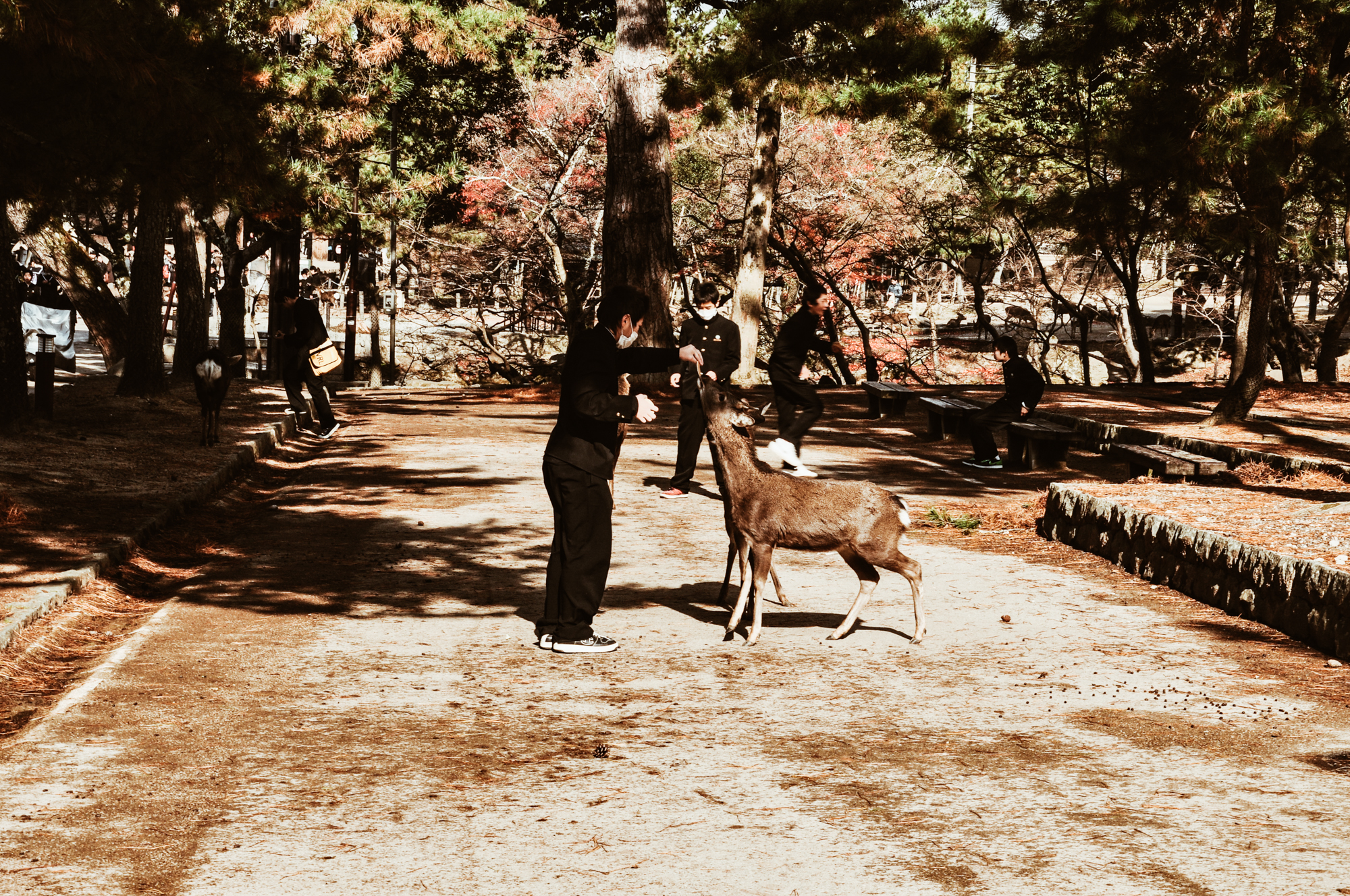
photo credits: chrizyshot, pantoniades
Nara and the oaks
Another common opinion is that Nara derives from the oak ideogram (楢). Suggested by Yoshita Togo, we can find this plant called by this name since the seventh and eighth centuries. In fact, Narahara at Harima (about today’s Kasai) comes from the nara tree, which could support this theory.
The name Nara borrowed from Korea
This is an almost surprising curiosity. In Korean, indeed, nara (나라) means nation, kingdom. Matsuoka Shizuo claimed that this could be a valid source for the name of the city. However, there is little or no trace of ancient Korean, and there is no evidence that this word existed in the seventh century.
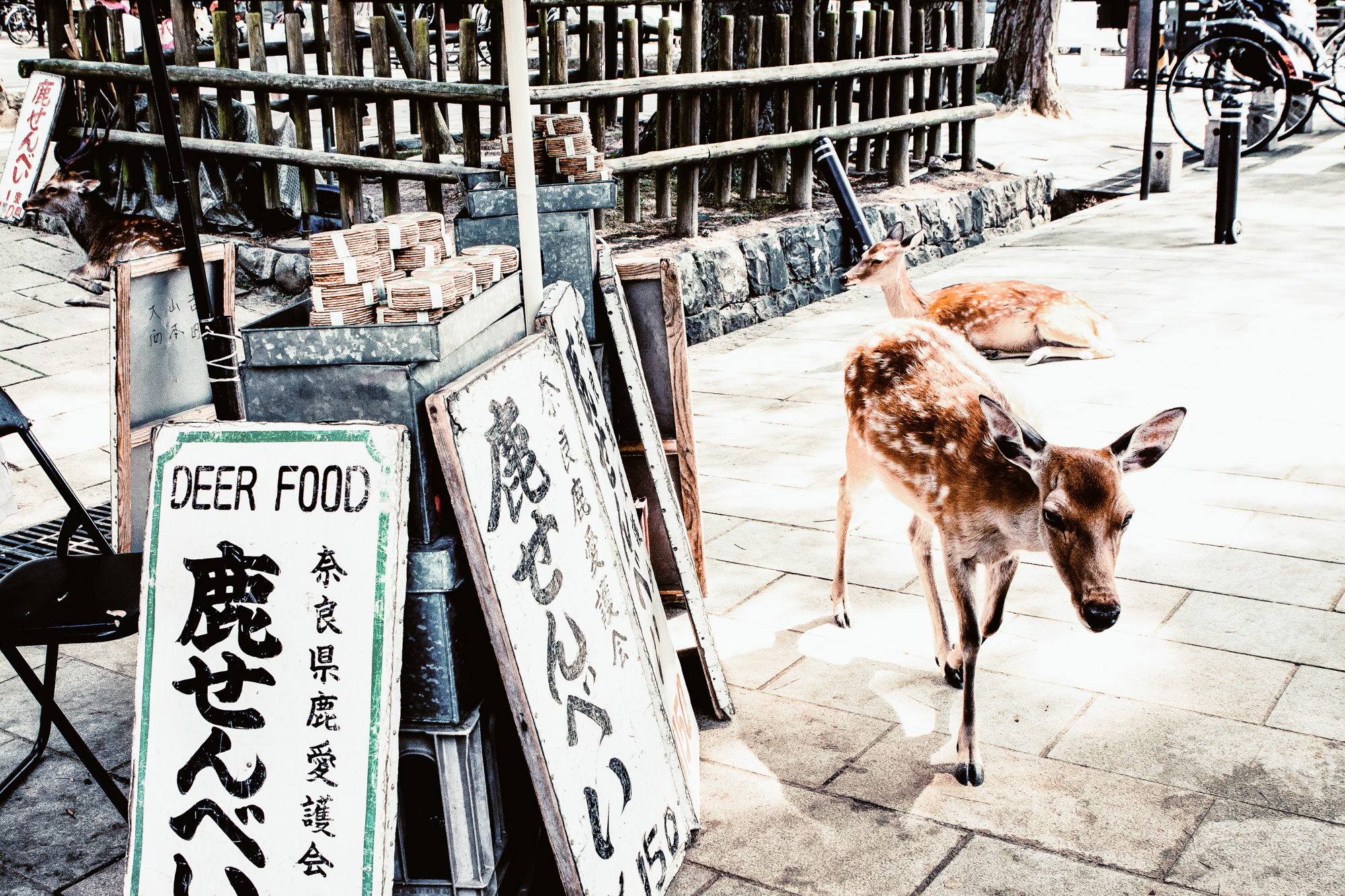

photo credits: Jirka Matousek, Rhett Sutphin
The origins
The Empress Genmei in 708 decided to move the imperial court to the new capital, Nara. Known as Heijō or Heijō-Kyō, the city was the first permanent capital of Japan until 794. Subsequently, the capital was moved to Nagaoka to force the metropolitan elites and new dynasties techniques that were spreading in the country. With the move to this city, we also have the birth of the eponymous period.
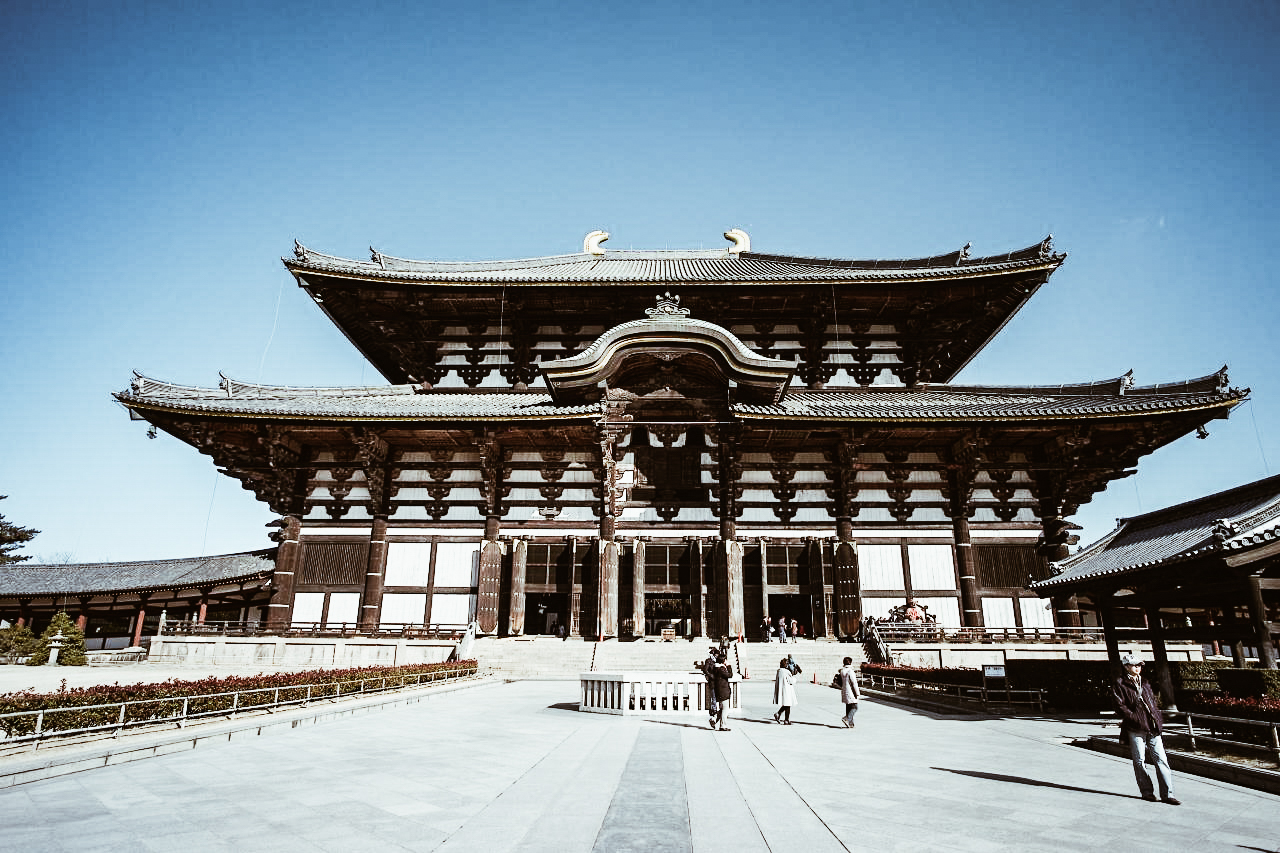
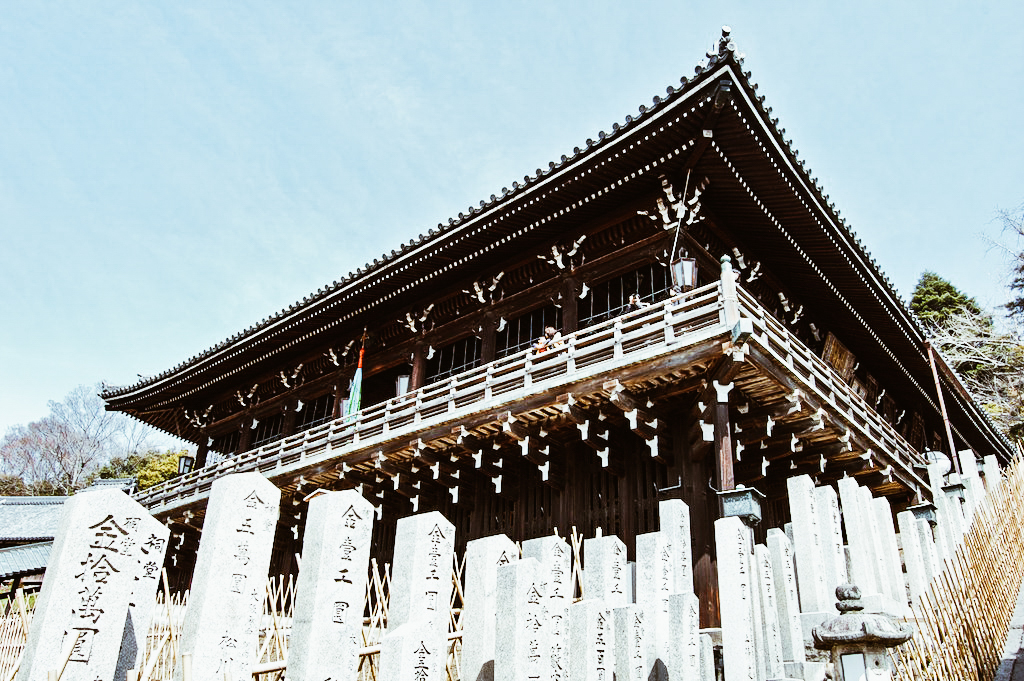
photo credits: Banalities, Josemspain
The religion
The six schools of Nara Buddhism, also better known as Rukushū (六宗), were an academic sect of Buddhists. Arriving in Japan from Korea and China in the sixth and seventh centuries, they were controlled by the new government of Nara.
Due to the government’s involvement in religious expansion, we find the construction of several temples in the city. One of these is the site of the Seven Great Temples of southern Nara. However, these sects aimed to become the main school of Buddhism of the Imperial House of Japan and its nobility. Because of the conformation of these temples, the schools were precisely defined as the “Six schools of southern Buddhism in Nara”.

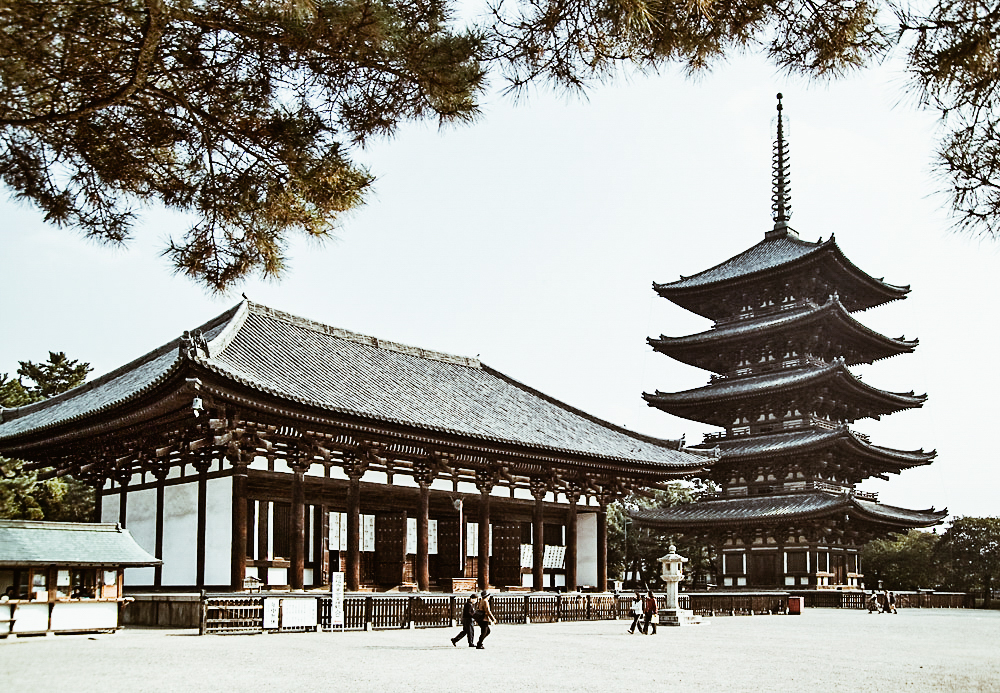
photo credits: wikipedia.it
The Temples
Having established Nara as a new capital, the temple of the Soga clan was also relocated. Emperor Shōmu ordered the construction of the Tōdai-ji temple and the largest bronze statue of Buddah.
The temples, known as the Nanto Shichi Daiji, remained spiritually important even after the capital was moved in 794. In fact, Nara received the synonym of Nanto (南都 “The capital of the south”).

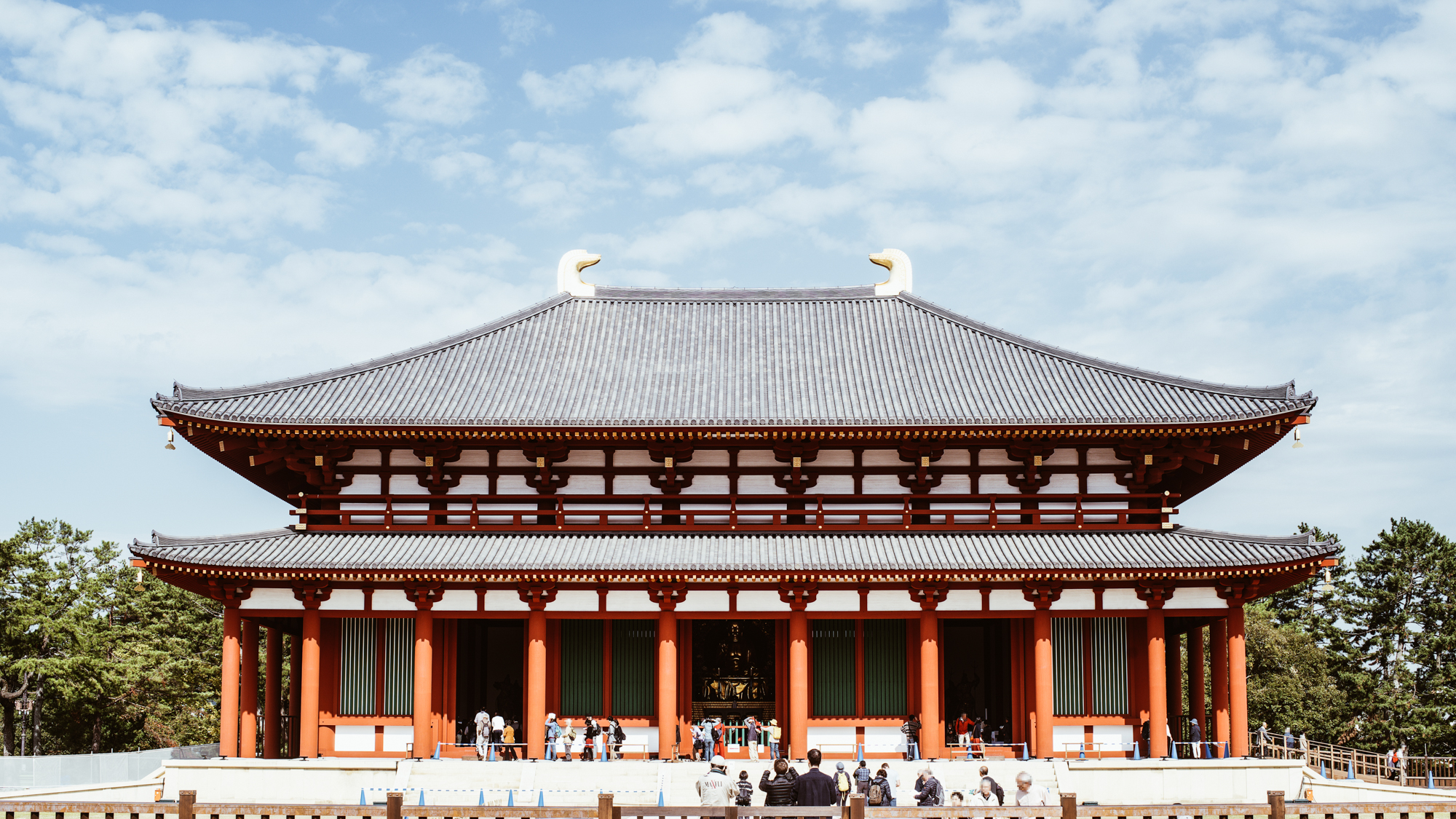
photo credits: wikipedia.it
Nanto Shichi Daiji
Literally “the seven great temples of the southern capital”, a common historical name referring to the Buddhist temple complex located in this city.
- Daian-ji (大安寺)
- Gangō-ji (元興寺)
- Hōryū-ji (法隆寺)
- Kōfuku-ji (興福寺)
- Saidai-ji (西大寺)
- Tōdai-ji (東大寺)
- Yakushi-ji (薬師寺)
Nara became a tourist city already in the Edo period. In fact, these years saw the publication of several maps for visitors to the city.

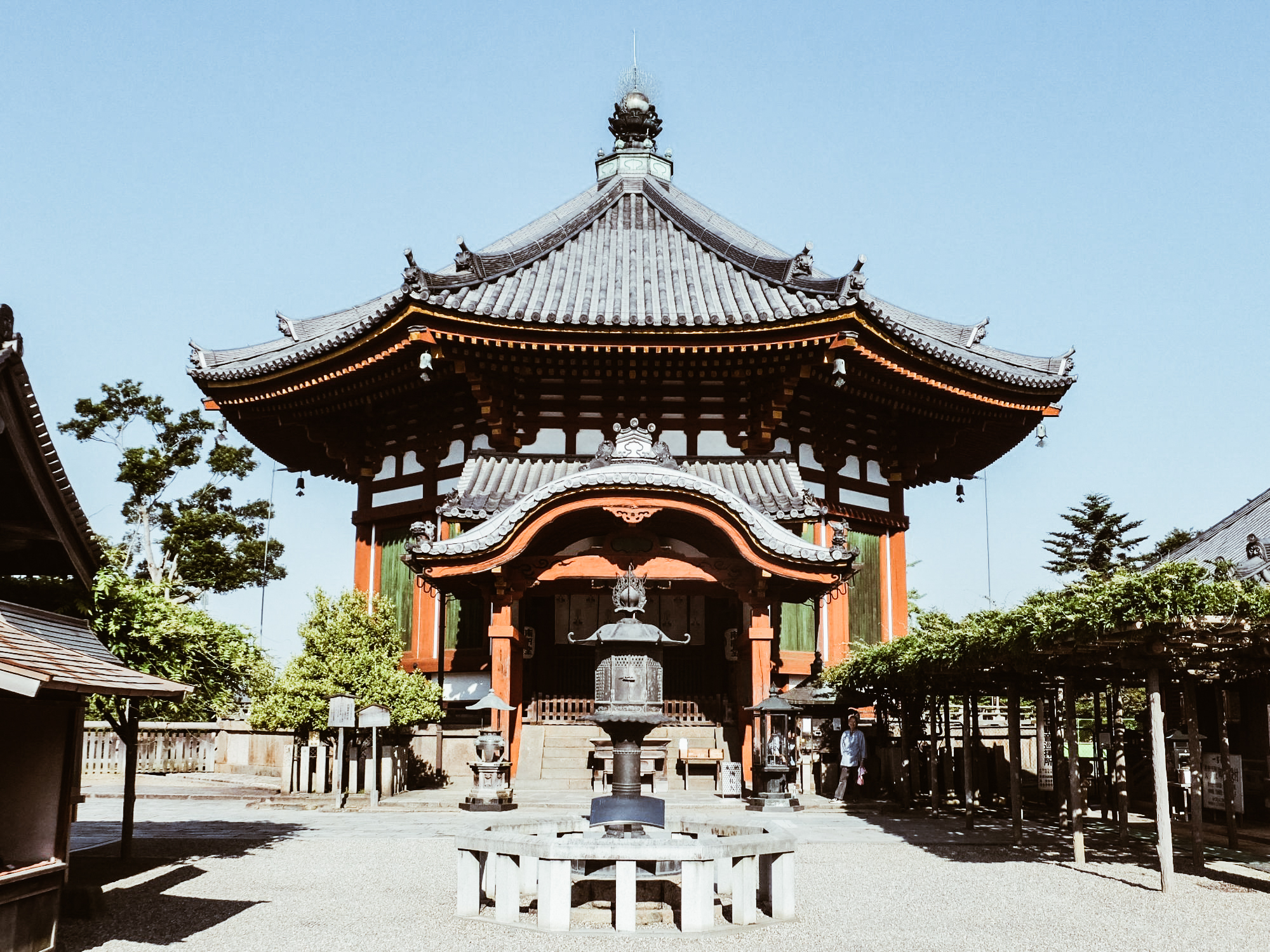
photo credits: wikipedia.it
The modern city
Despite being the capital of Japan from 710 to 794, Nara officially became a city only on February 1st, 1898. From a trading city of the Edo and Meiji period, today Nara is one of the main destinations for tourists thanks to its large number of monuments. Furthermore, in December 1998, the city became part of the protected sites recognized by UNESCO as a heritage of humanity.
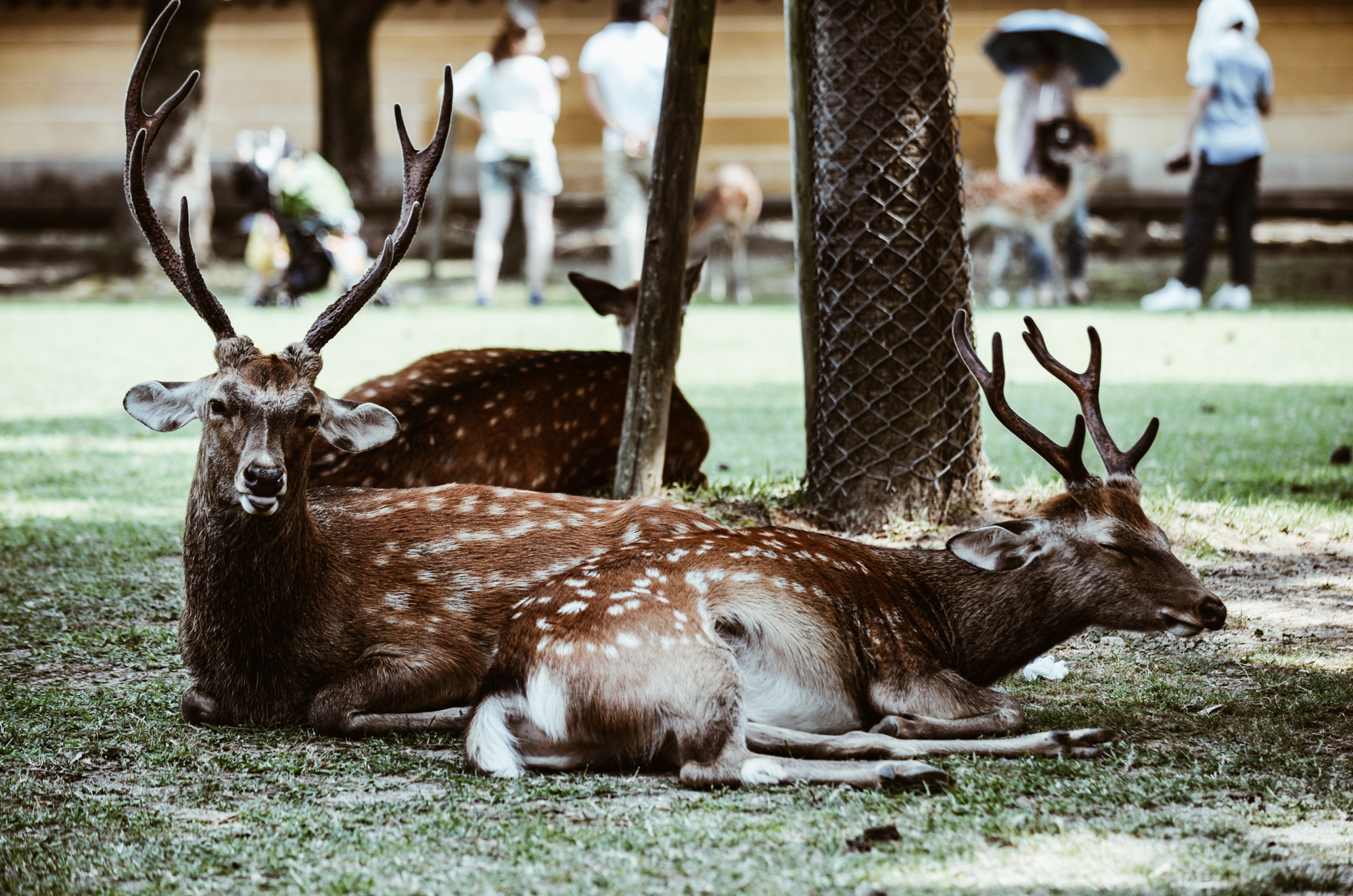

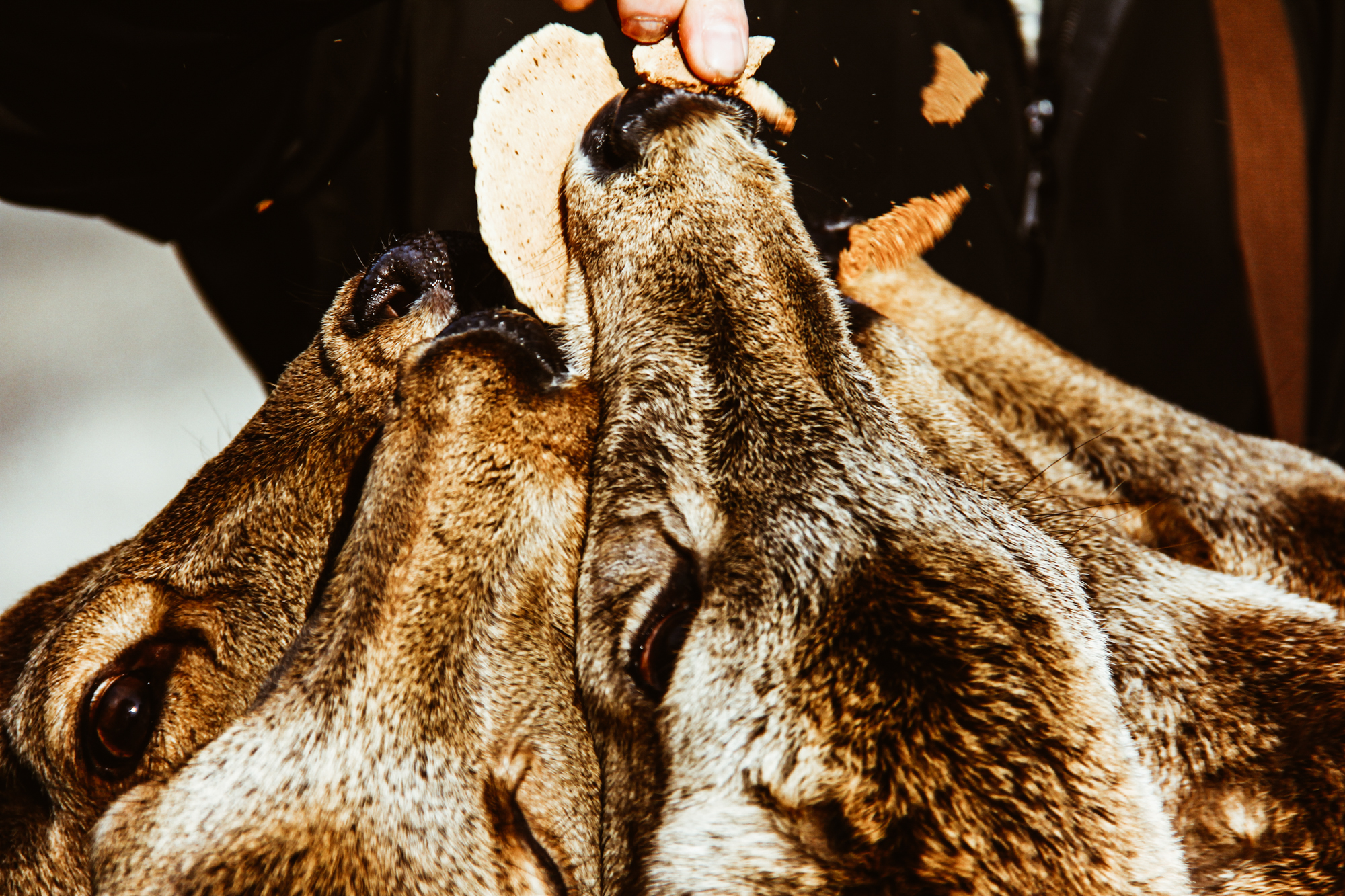
photo credits: GGzeOuf, Travis, Cesar I. Martins
The park and the deer
Surely, one of the most famous destinations is the park of Nara together with its famous deers. This is a public park established in 1880, located at the foot of Mount Wakakusa. Under the control of the Prefecture of Nara, this magical place is home to over 120 sika or shika, the famous Deers of Nara.
In fact, visitors can walk through the meadows accompanied by these cute four-legged friends classified as a “natural monument” by the Ministry of Education, culture, sport, science and technology.
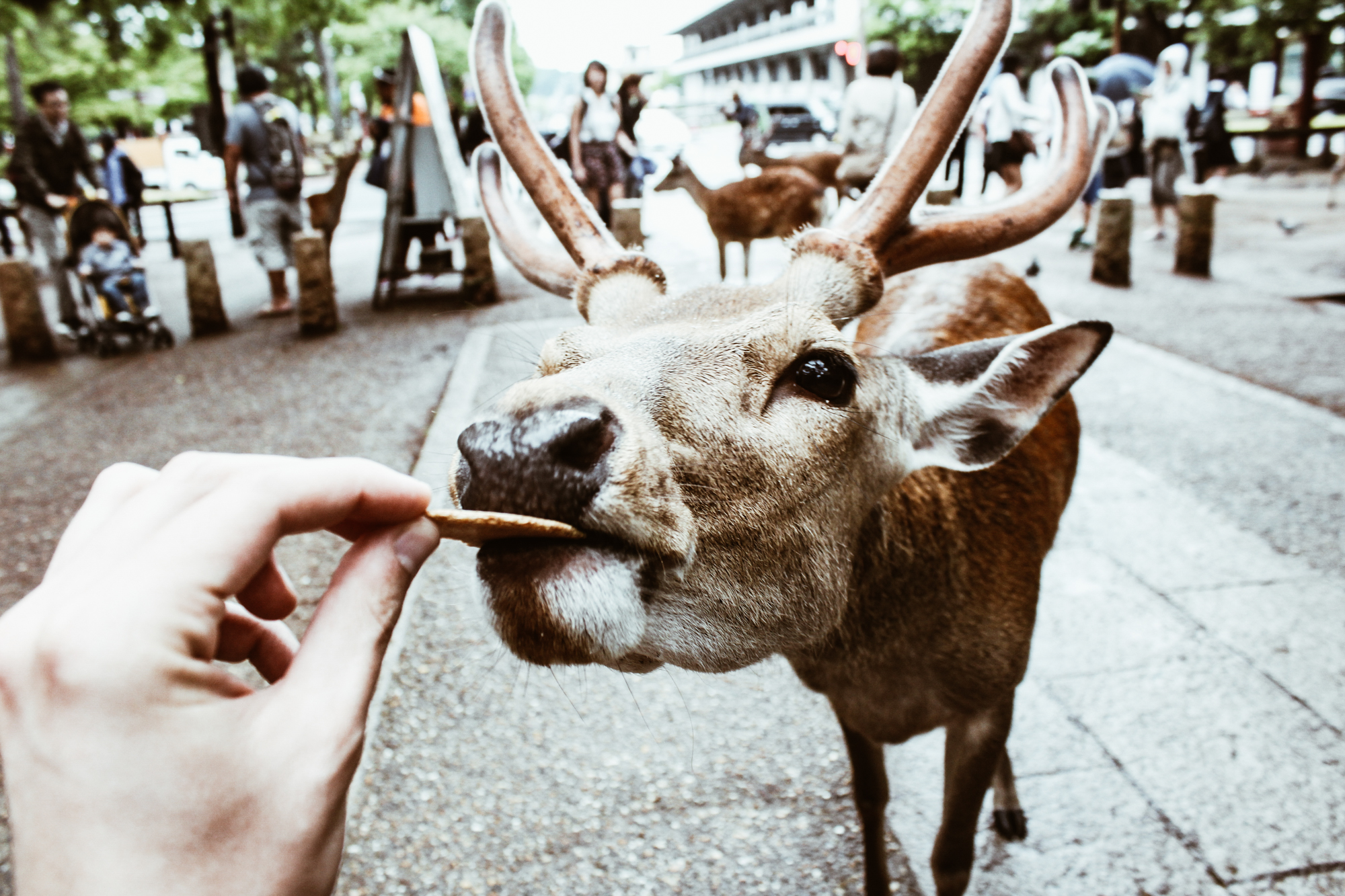
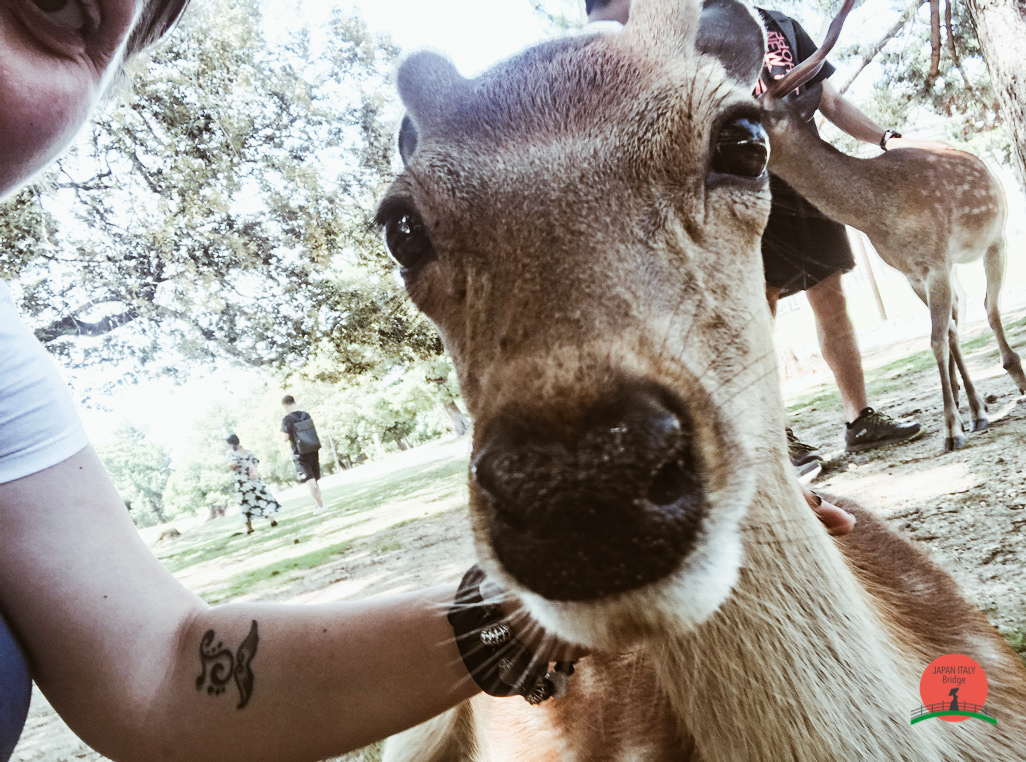
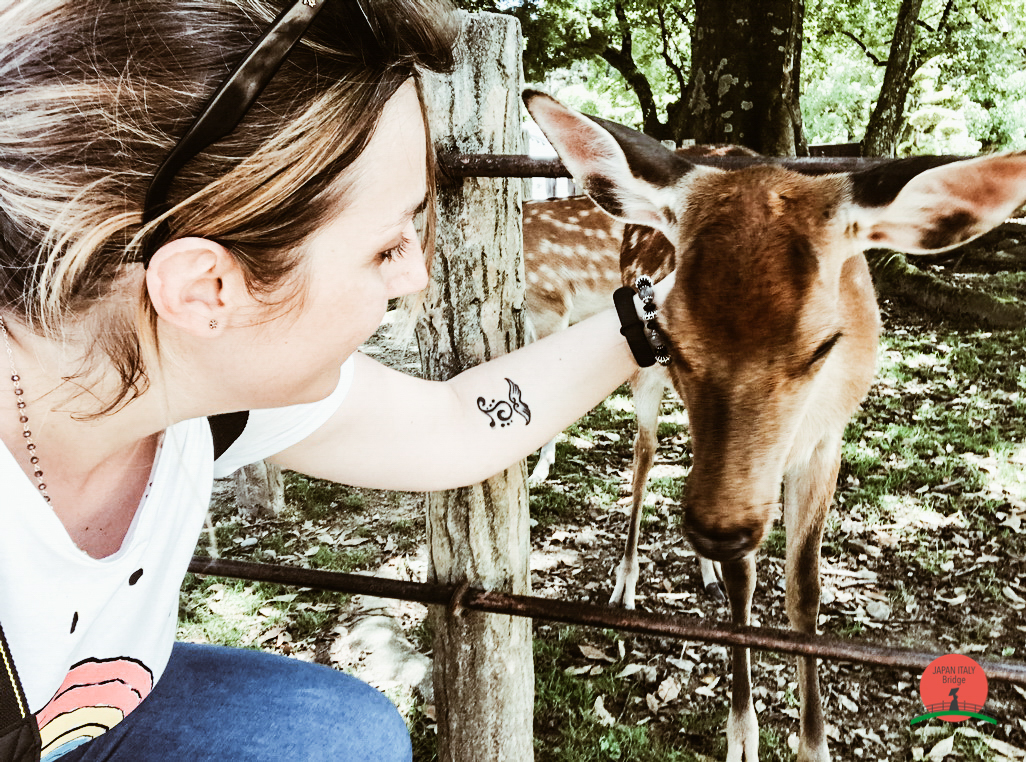
photo credits: Alberto Ortega, japanitalybridge.com
According to the locals, this area’s deer was considered sacred and ideal for a visit from one of the four gods of the Kasuga shrine, Takenomikazuchi-no-mikoto. Appearing on Mount Mikasa-yama, it is said to have been sent by Kashima (Ibaraki) riding a white deer.
These deers are still considered sacred and divine symbols of the Kasuga and Kōfuku-ji shrine. The killing of one of these was considered a capital crime and punishable by death until 1637. After the Second World War, the deer was officially stripped of its state of divinity and named “national treasure”, therefore subject to all the protections of the government.
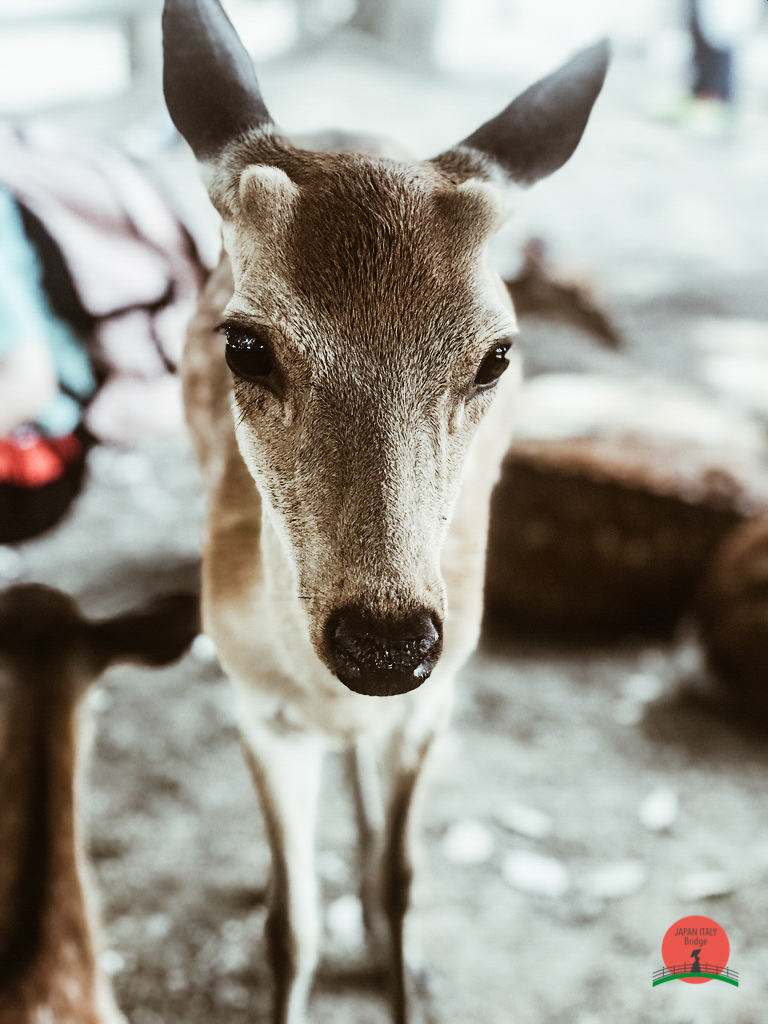
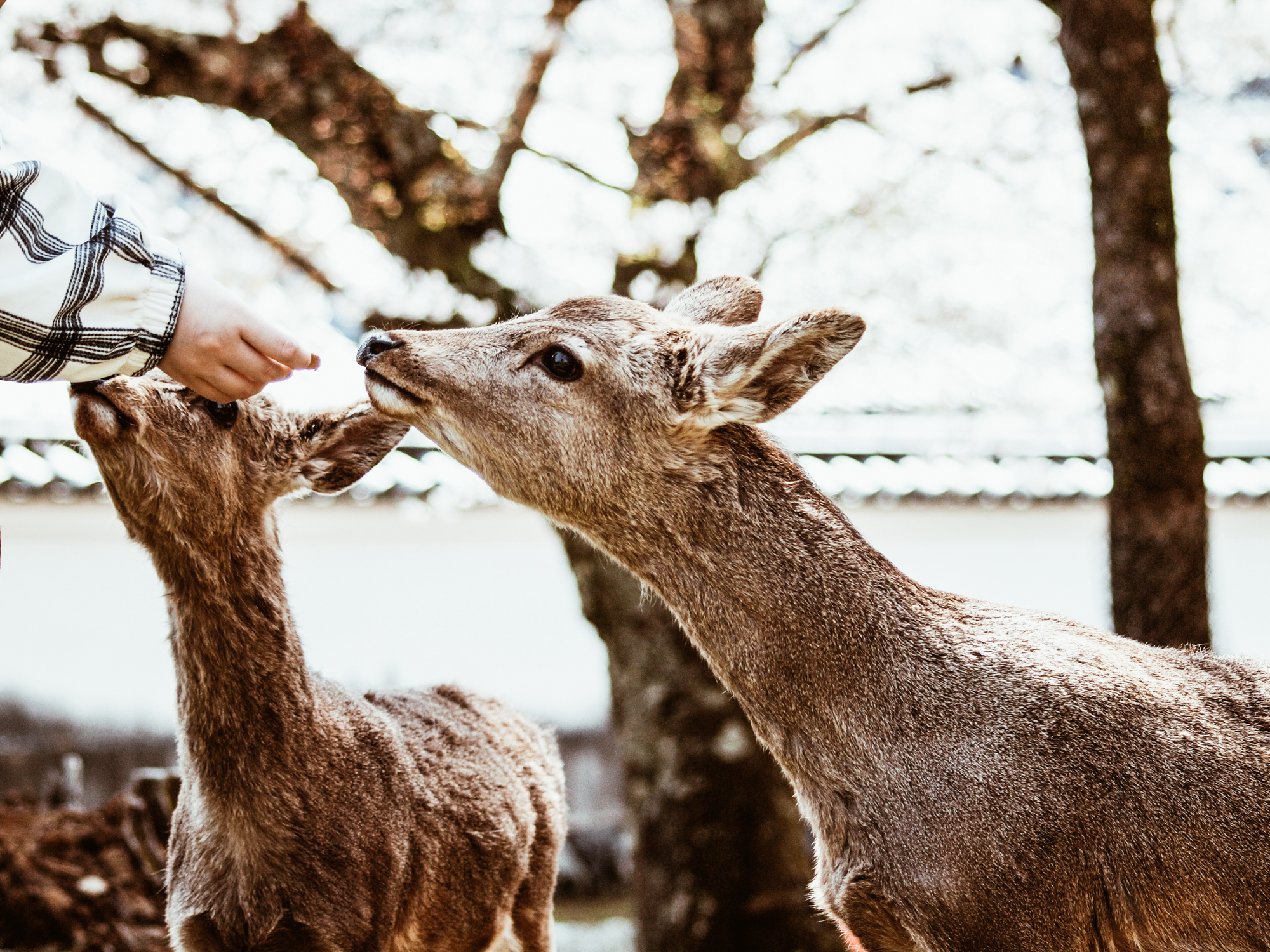


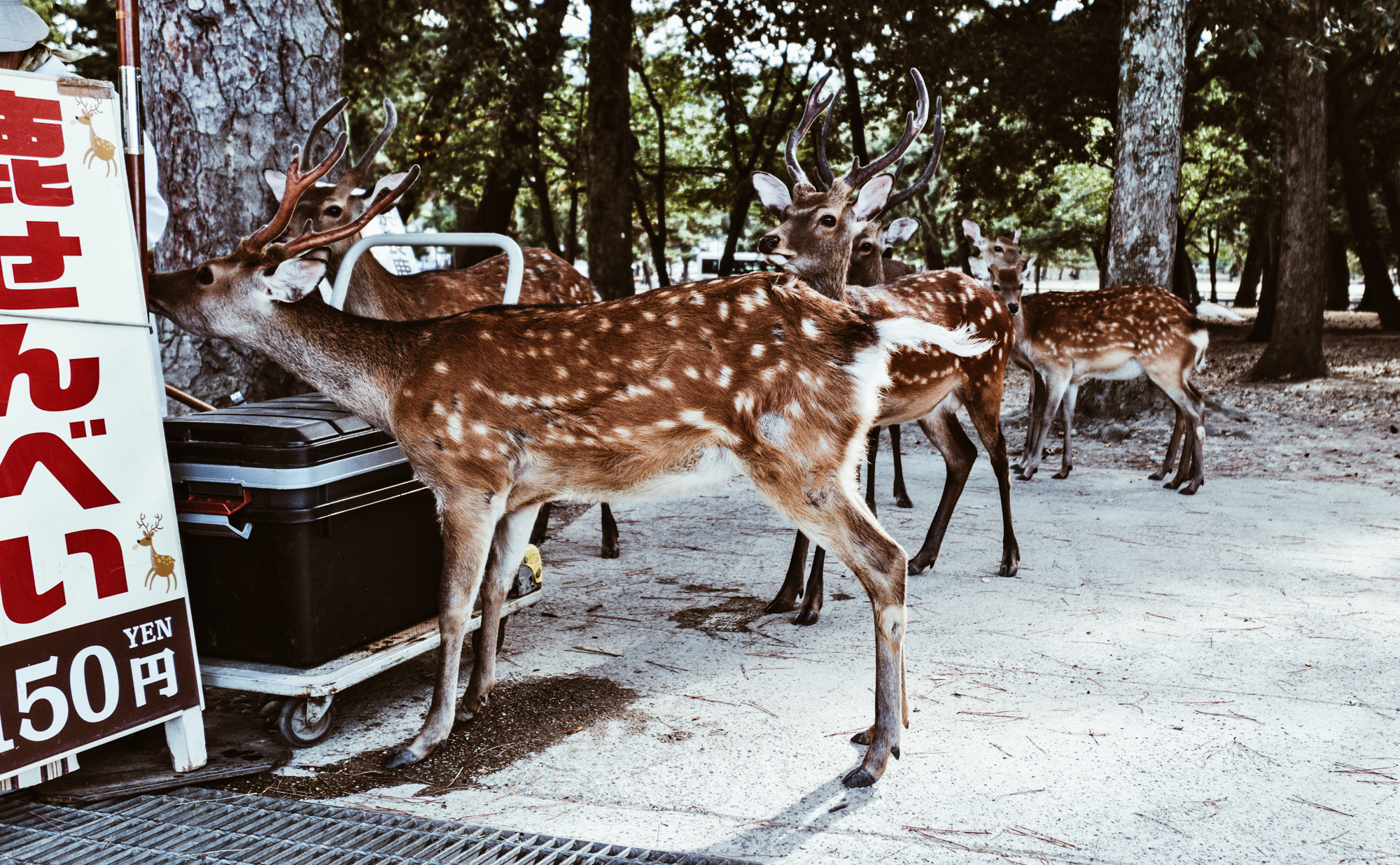
photo credits: japanitalybridge.com, coniferconifer, Bill Hails, Steffen Flor
If you pass through this city, you cannot miss the opportunity to spend time together with these magnificent creatures. It is also possible to buy special biscuits to feed the famous Nara deers. They will thank you with a bow, but be careful, the greed is around the corner, be careful not to get bitten!
video credits: japanitalybridge.com
Share this:
- Click to share on Facebook (Opens in new window)
- Click to share on Twitter (Opens in new window)
- Click to share on Tumblr (Opens in new window)
- Click to share on Pinterest (Opens in new window)
- Click to share on Telegram (Opens in new window)
- Click to share on WhatsApp (Opens in new window)
- Click to share on Reddit (Opens in new window)
- Click to print (Opens in new window)






